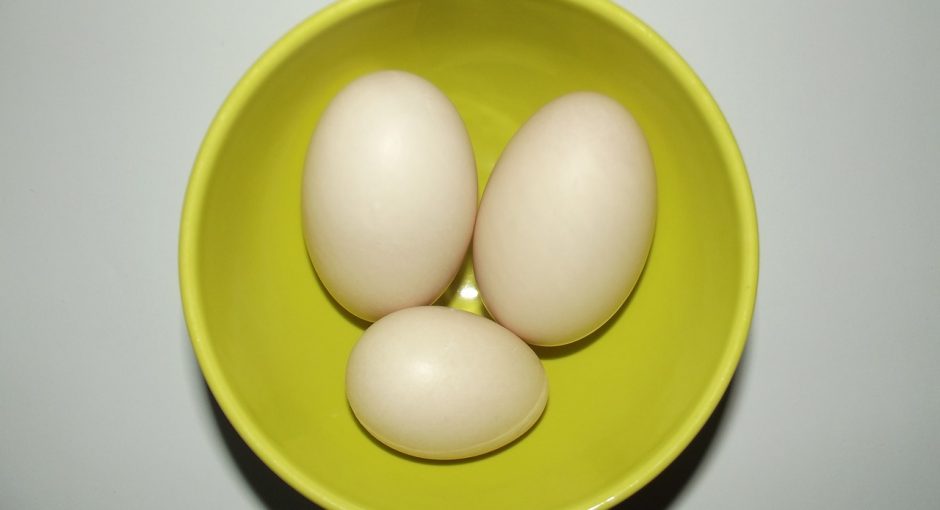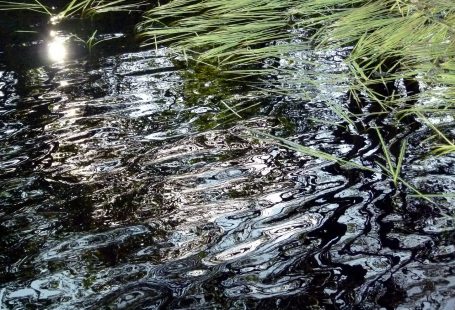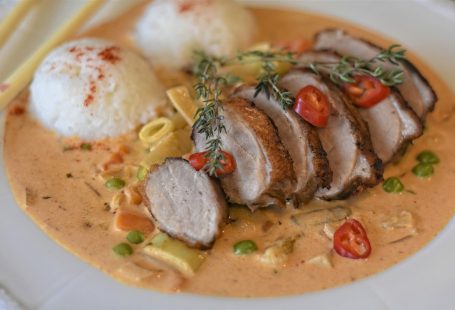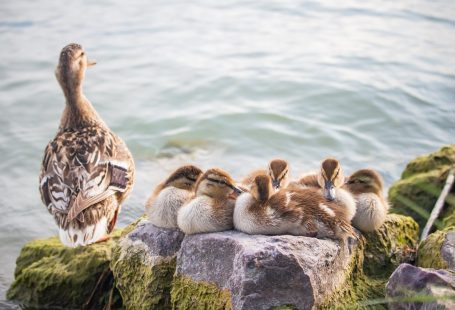When you think of a typical domestic backyard duck, you probably picture the Aflac duck, which is a white Pekin.
Originating in Beijing, China (originally called Pekin) around 2500 B.C., white Pekin ducks are a calm, hardy breed. Although raised predominantly as a “table” or meat bird, Pekins do make wonderful pets and laying ducks. They are docile, friendly and can lay between 150-200 large white eggs per year. Too heavy to fly, they are content to forage on the ground for grasses, weeds, bugs and worms. Pekins don’t tend towards broodiness (meaning the females don’t have a tendency to sit on eggs to hatch ducklings), so artificial incubation is usually needed if you are interested in hatching Pekin eggs. This is a bonus for those looking purely for egg production, since broody ducks stop laying, causing a decrease in production for the period they sit on a nest. Pure white with yellow bills and feet, Pekins have beautiful dark blue eyes. They are considered “heavy” ducks, weighing between 8-9 pounds.
But Pekins are just one of several breeds that would make a wonderful addition to your backyard flock. If you are looking for friendly, attractive ducks that lay well and aren’t too noisy, here are some suggestions:
Indian Runner ducks originated in Indonesia where rice farmers used them to control insects in the rice paddies. Extremely active and energetic, Runners are excellent foragers. Standing and walking almost upright, they move quickly on land and rarely swim, although they do appreciate a pool to use for baths. They come in various colors including black, buff, fawn, white, gray and chocolate. Fairly light ducks, Runners typically weigh 3 to 5.5 pounds. Good layers of greenish or white eggs, Runners can lay 150-200 eggs per year. Not quite as calm as Pekins, Runners are friendly and make wonderful pets.
It is thought that all domestic duck breeds except Muscovies developed from Mallards. Domestic Mallards are small, weighing only about 2.5 pounds, and excellent flyers, so if you choose to raise Mallards, a covered run is recommended to keep them contained. The females are brown with blue wing tips, the males have the distinctive greenish head. Mallards don’t produce as well as other breeds, managing only 60-120 eggs per year, but they lay beautiful greenish eggs and will sit on them (go broody) and hatch out ducklings if you let them. Mallards are a highly energetic and “talkative” breed, more gregarious than the others mentioned here, but extremely good-natured. Backyard Mallards love to paddle around all day in a small kiddie pool or pond.






